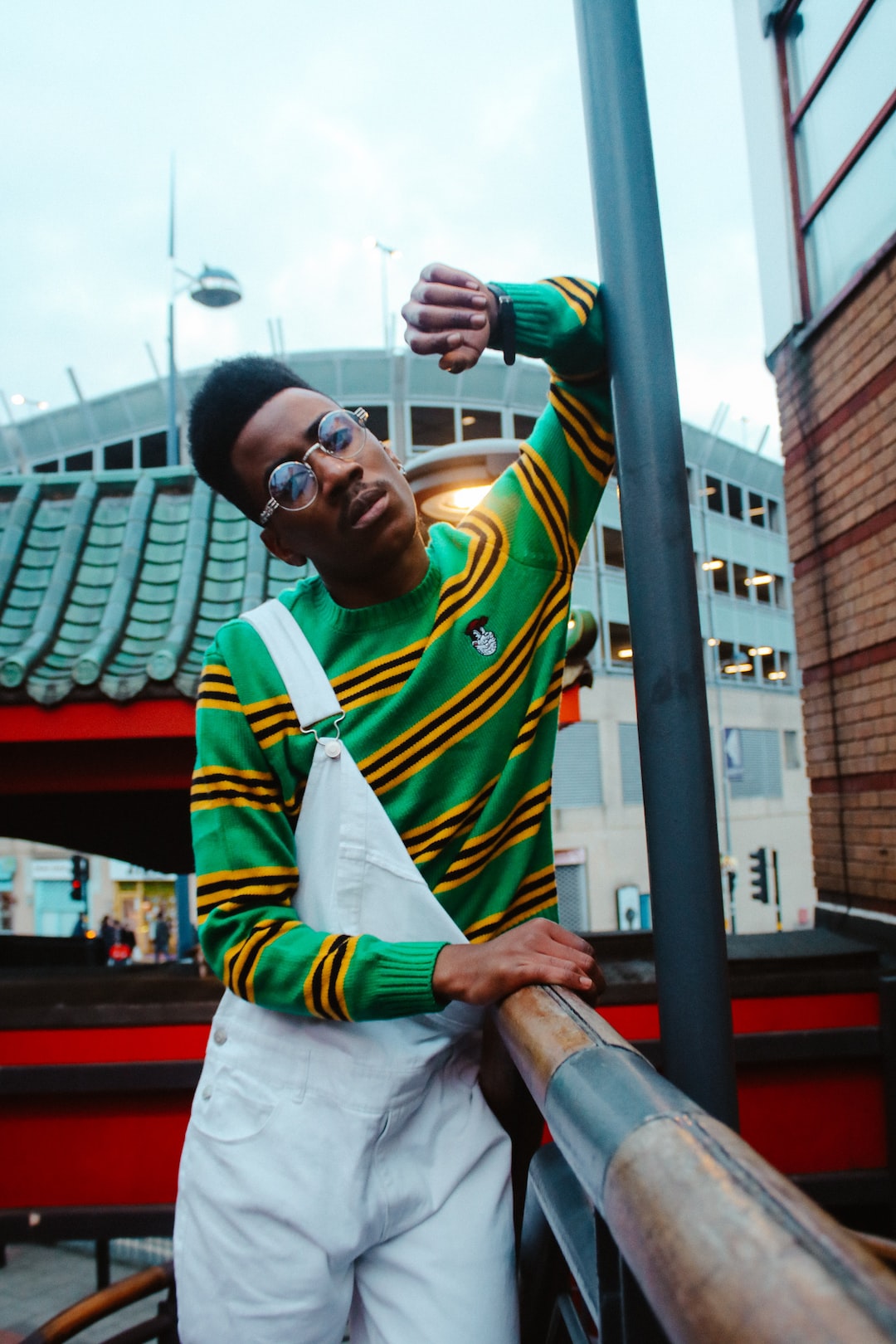Fashion as an art form: examining avant-garde designers and their innovative creations
Fashion has long been considered a creative outlet, a means of self-expression, and a representation of societal norms. However, there is a niche within the fashion industry that pushes the boundaries of conventional design and challenges our perception of what is considered wearable. Avant-garde designers, with their innovative creations, redefine fashion as an art form.
Avant-garde fashion can be described as experimental, unconventional, and often provocative. It embraces non-traditional materials, unconventional silhouettes, and radical concepts. The designers behind these creations use fashion as a medium to convey their artistic vision, blurring the lines between fashion and art.
One of the pioneers of avant-garde fashion is the late Alexander McQueen. His designs were groundbreaking, combining impeccable craftsmanship with dark and surreal concepts. McQueen’s iconic pieces, such as the “bumster” trousers and the “armadillo” shoes, challenged society’s perception of beauty and femininity. His runway shows were not mere presentations of clothes, but theatrical performances that left audiences in awe and questioning the boundaries of fashion.
Another avant-garde designer who has left a significant impact on the industry is Rei Kawakubo, the founder of the renowned label Comme des Garçons. Kawakubo’s designs are often regarded as conceptual art pieces. She deconstructs traditional garments, reimagining them in unconventional shapes and challenging the notion of what is considered fashionable. Kawakubo’s creations make a bold statement about individuality and non-conformity, encouraging wearers to embrace their unique personalities.
Avant-garde fashion is not limited to clothing but also extends to accessories, such as jewelry. Jewelry designer Iris van Herpen is known for her innovative use of materials, incorporating technologies like 3D printing into her designs. Her pieces blend art, science, and fashion seamlessly, creating pieces that are futuristic and visually striking. Van Herpen’s jewelry designs challenge the traditional perceptions of jewelry, transforming them into wearable and thought-provoking artworks.
What sets avant-garde designers apart from mainstream fashion houses is their willingness to take risks and experiment with new concepts. They do not limit themselves to commercial viability or catering to the masses. Avant-garde fashion is a form of rebellion against conformity, encouraging creativity and self-expression.
However, it is important to note that avant-garde fashion may not be for everyone. Its unconventional nature may be difficult to appreciate and interpret. Nevertheless, the impact of these designers and their creations is undeniable. They push the boundaries of fashion and inspire mainstream designers to think outside of the box.
Avant-garde fashion serves as a commentary on society, challenging societal norms and pushing for change. It sparks discussions about identity, gender, politics, and environmental issues. It forces us to question our preconceived notions of beauty and fashion.
In conclusion, avant-garde fashion is an art form that challenges the conventions of traditional design. It blurs the lines between fashion and art, encouraging creativity, self-expression, and individuality. Avant-garde designers like Alexander McQueen, Rei Kawakubo, and Iris van Herpen push the boundaries of fashion, creating innovative and thought-provoking creations that inspire and challenge our perception of what is considered fashionable. As the fashion industry continues to evolve, it is crucial to embrace and appreciate the avant-garde as a form of artistic expression.
